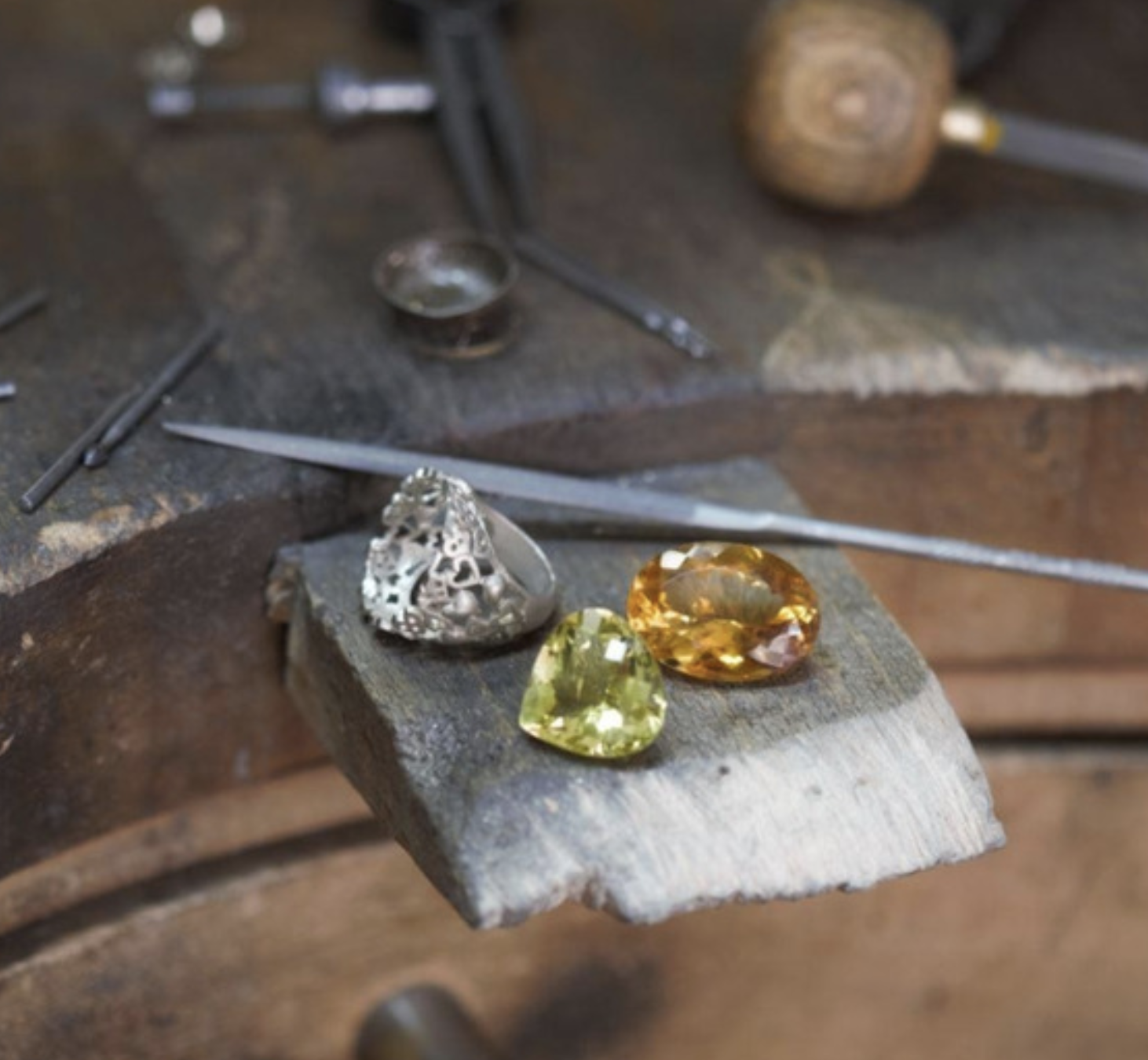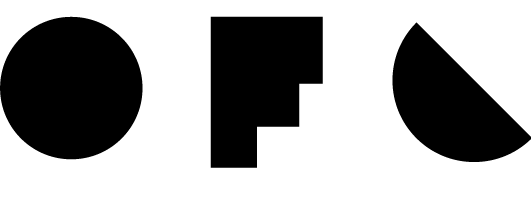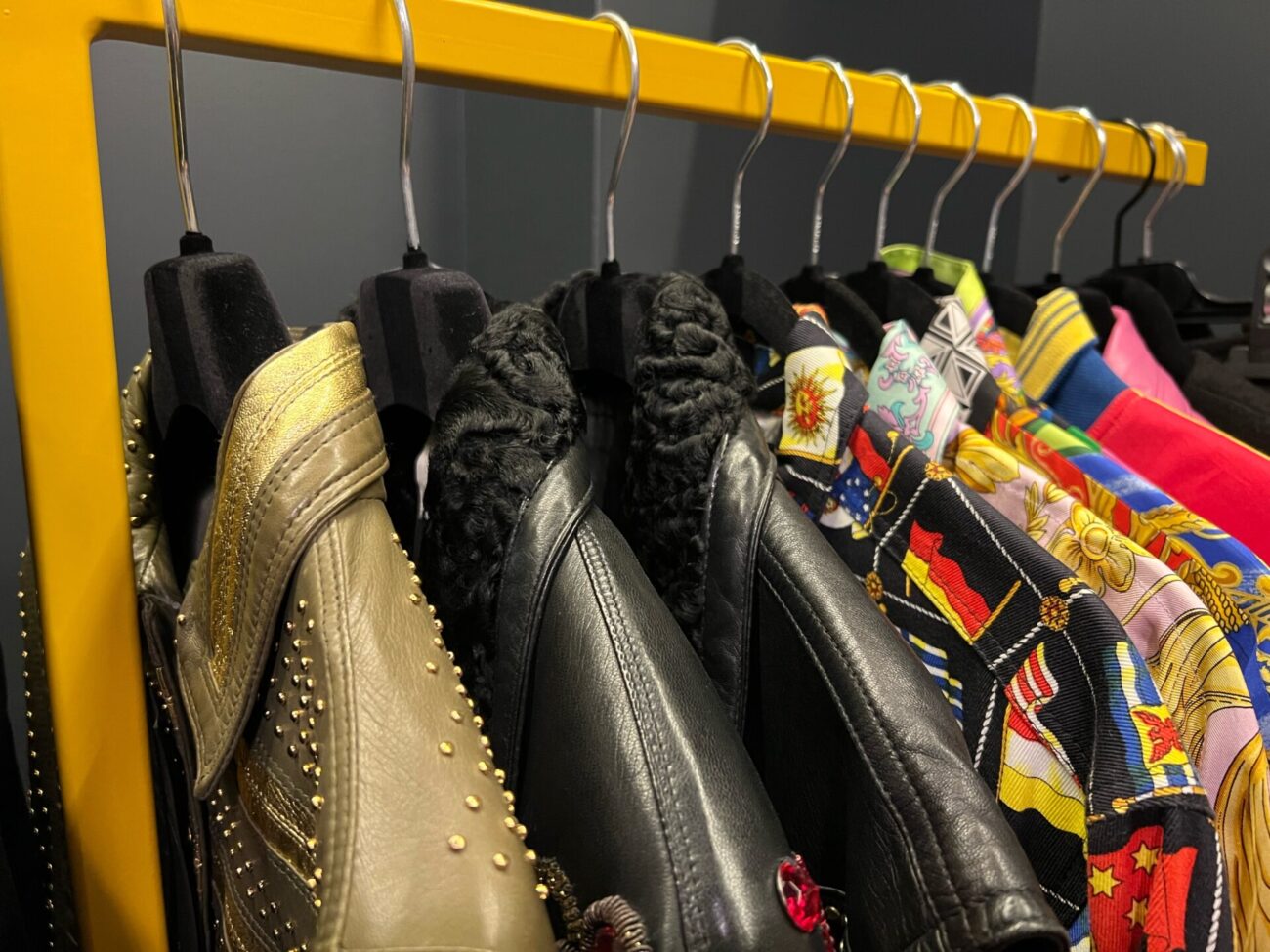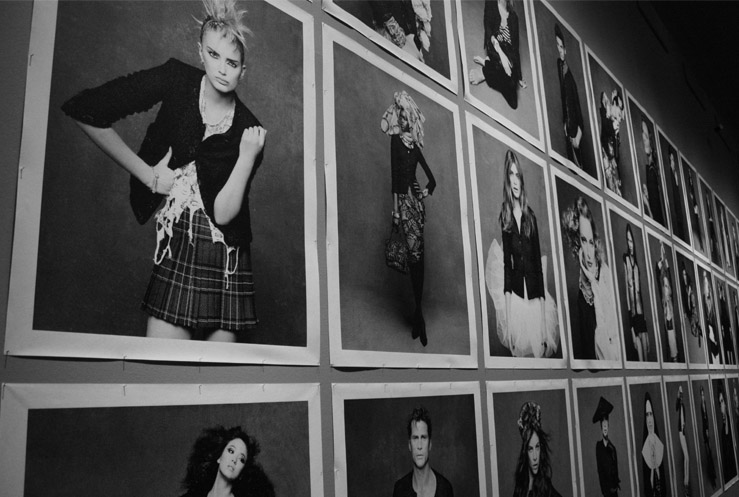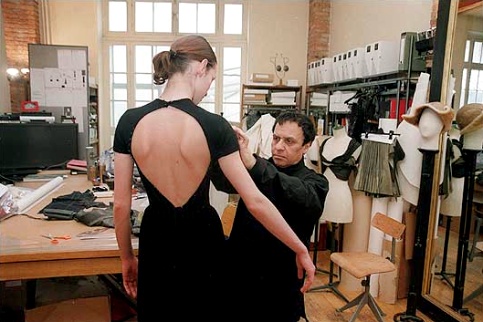The long-awaited Haute Couture Fashion Week 2021 in Paris will gradually return to the catwalks, providing an opportunity to highlight the eco-responsibility commitments made by fashion giants.
An initiative that has not been ignored, despite the urgent need for economic recovery in the face of the current pandemic.
At a time when the new generations are calling for greater clarity, transparency and commitment, the players at Fashion Week are making good resolutions: from reusable materials to the use of green energy sources, everything is being done to promote a more responsible approach.
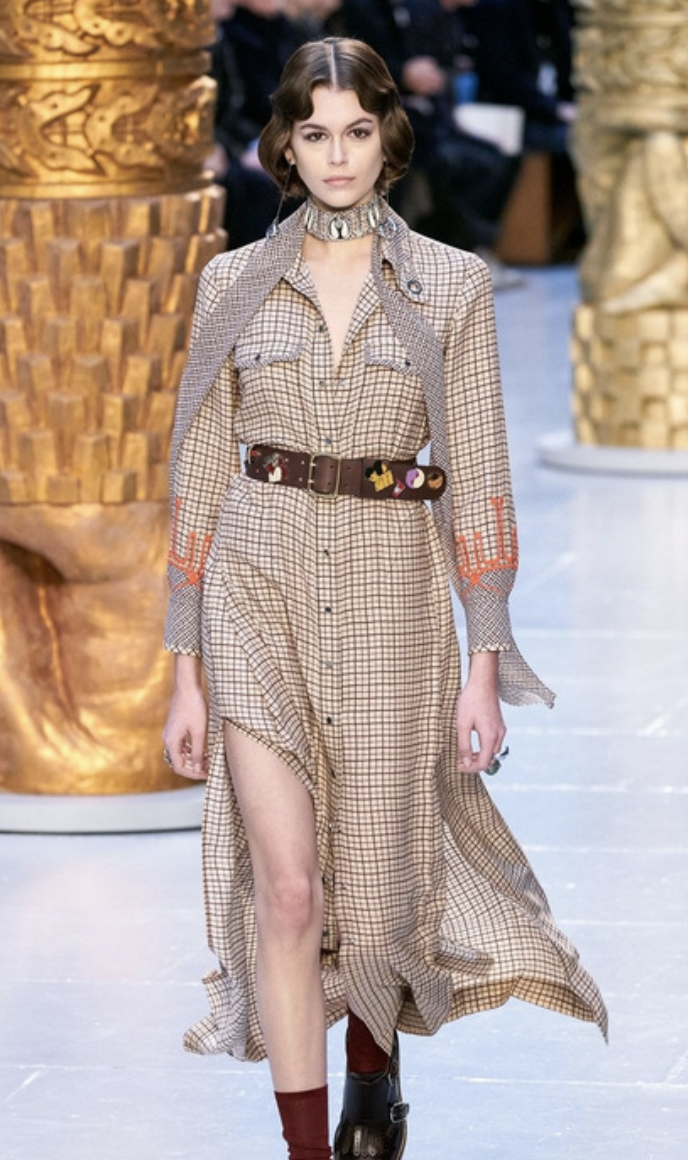

Promising solutions
An initiative at the heart of jewelry
For some years now, many houses have been aware of a growing shortage of gems. Faced with this shortfall, jewelers are forced to adapt and find solutions today.
Among jewelers, Chopard, has been committed since 2018 to acquiring its precious metal from responsible suppliers and uses mainly ethical gold, Fairmined-labeled: “a certification label that attests to the provenance of gold produced by autonomous, responsible, artisanal and small-scale mines”.
